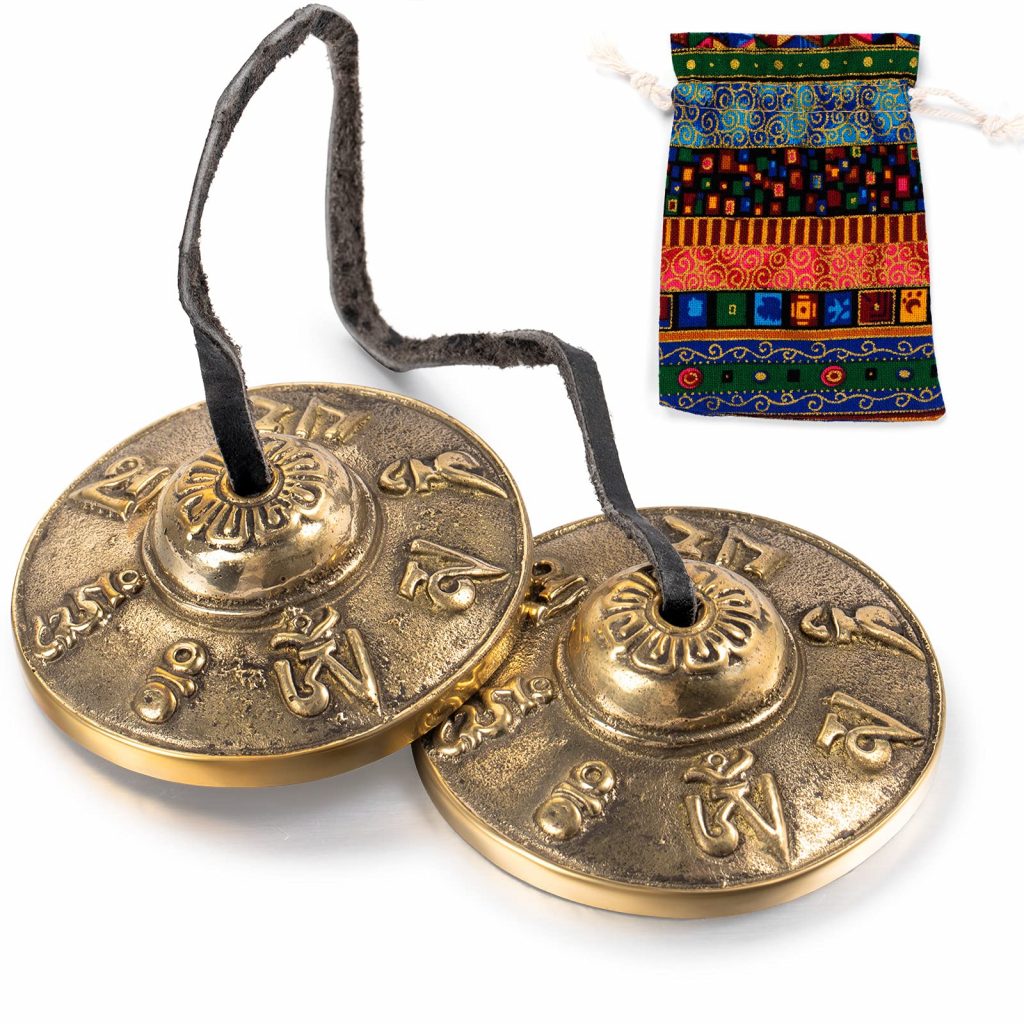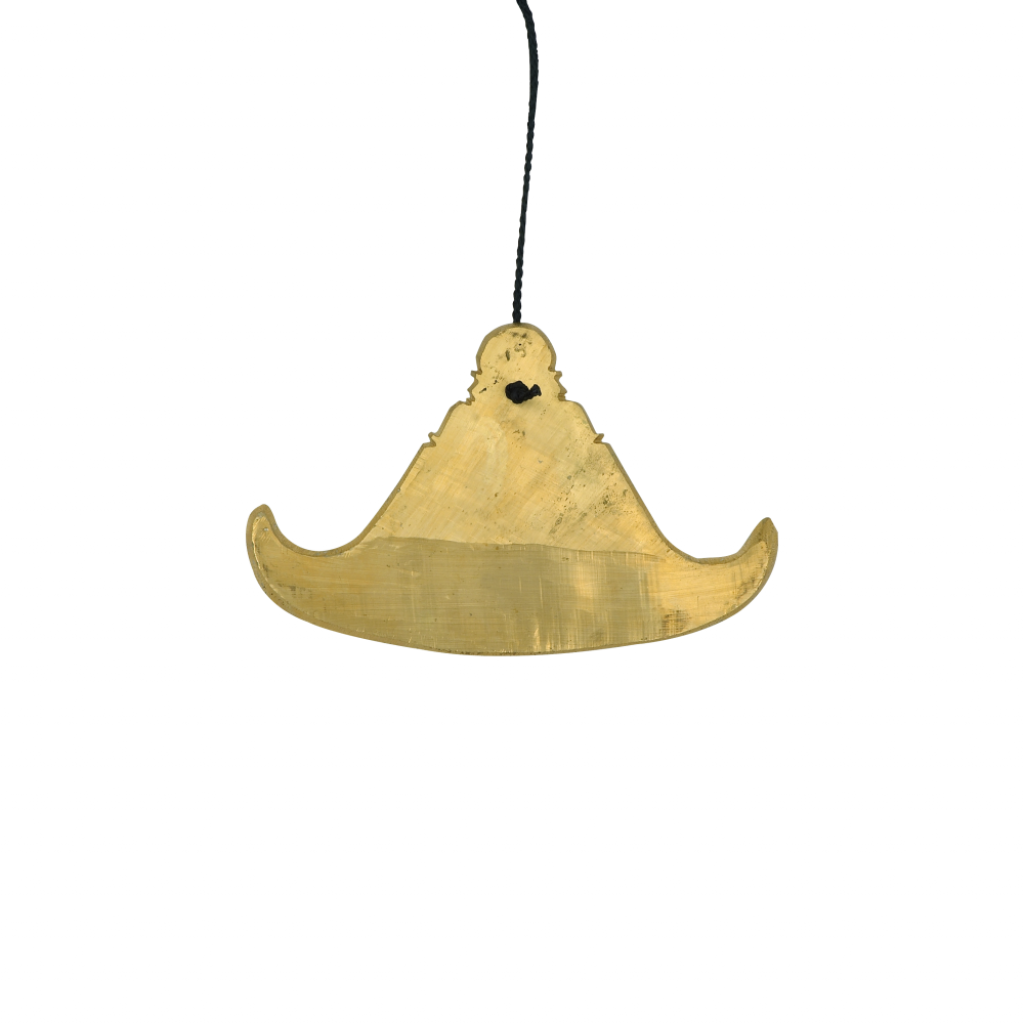Bells, revered for their timeless and serene chime, are integral instruments in the practice of sound healing. Within the realm of bells used for therapeutic purposes, various types contribute distinct qualities and frequencies to create a soothing and balanced auditory experience.
1. Tingsha Bells: Tingsha bells, originating from Tibetan Buddhist traditions, consist of two small, cymbal-like bells connected by a leather strap. Reverberating with a clear and sustained sound, tingsha bells are commonly used in meditation practices. Their purpose extends beyond the auditory, serving as markers for the beginning and end of meditation sessions.

2. Sleigh Bells: Sleigh bells, characterized by their jingling and festive sound, find a unique place in sound healing. The high-frequency tones of sleigh bells contribute to a light and uplifting atmosphere. In therapeutic settings, sleigh bells may be used to create a sense of joy and playfulness.

3. Burmese Bells: Burmese bells, with their distinct conical shape, produce a resonant and grounding sound when struck. Used in meditation and mindfulness practices, Burmese bells contribute to a calming environment. Their unique design and tones are valued for their ability to induce a state of tranquility.

4. Bell Trees: Bell trees, consisting of cascading rows of small bells of varying sizes, create a melodic and ethereal sound. When gently swayed or played, bell trees contribute to a rich auditory experience. Their use in sound healing is associated with promoting relaxation and a sense of harmony.

Each type of bell, with its unique design and tonal characteristics, becomes a vessel for therapeutic vibrations in sound healing. Whether resonating with the deep grounding tones of Tibetan meditation bells, the clear chimes of tingsha bells, the jingling melodies of sleigh bells, the grounding sounds of Burmese bells, or the cascading tones of bell trees, these instruments play a key role in creating an immersive and transformative auditory journey.